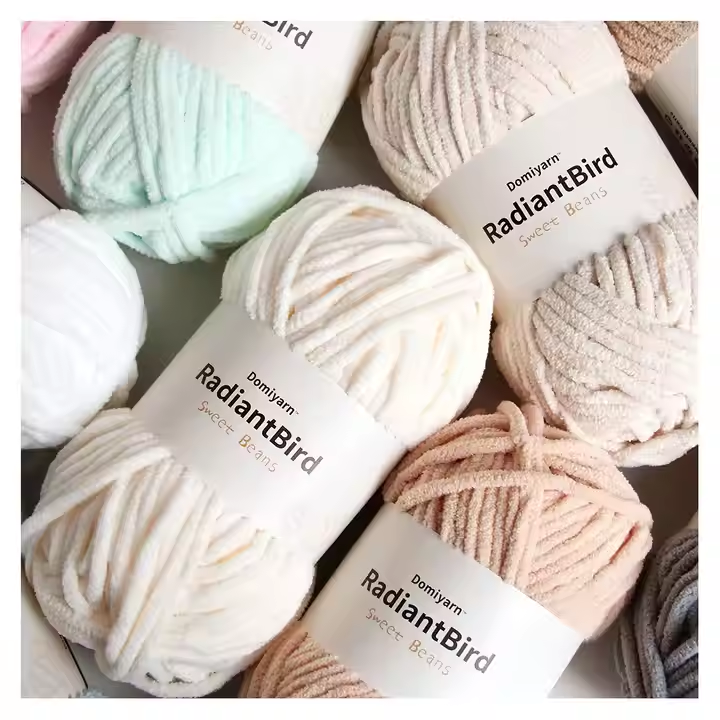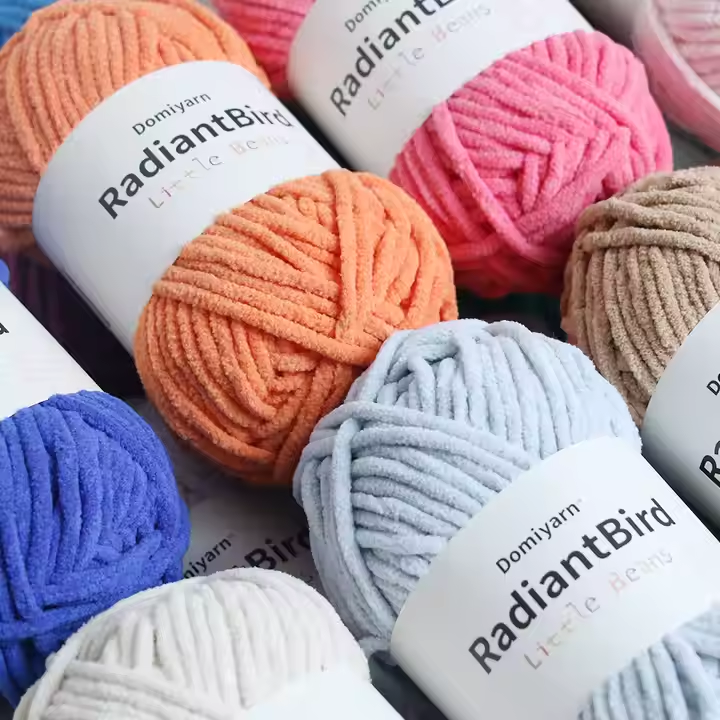The quality of yarn can be identified through the following methods:

Texture and Strength:
In general, cotton yarn and linen yarn have harder textures while wool has a softer feel.
Silk, viscose fiber and nylon yarn have an average hand feel when pulled by hand; silk, hemp cotton and synthetic fibers feel stronger, while wool viscose and acetate are inferior materials.
Extending Length:
When stretching fibers, make note of their extension length: cotton and linen have small elongations while wool, acetate fibers, silk viscose fibers and synthetic materials have moderate or even prolonged expansion lengths. Aspects to Keep in Mind
Poor natural fiber length and uniformity; chemical fiber length and uniformity is excellent. Cotton fibers tend to be soft and short with very short length; wool has long, curly filaments with soft elastic texture while silk boasts long delicate fibers with special sheen.
Weight:
Cotton, hemp and viscose fibers tend to weigh more than silk; nylon, acrylic and polypropylene tend to be lighter; while wool, polyester viscose acetate fibers possess similar weight distribution as silk.
Appearance and Defects:
Typical silk fiber defects include color variations.
Check whether the yarn looks uniformly neat. Look out for loose or irregular spots; pull gently using both hands; if it holds together without easily snapping apart then this product would qualify as excellent quality; otherwise it would likely fail inspection.
Examining yarn under light will demonstrate its brightness and length; longer yarn length indicates higher quality yarn production.
Physical indicators:
Coefficient of variation for single yarn breaking strength, coefficient of variation for hundred meter weight variations and uniformity of strip thickness can all provide insight into quality control issues.
According to these physical indicators, excellence equates with international advanced levels; first class is equivalent to international general levels.
Through these methods, yarn quality can easily be identified to meet particular application specifications.

